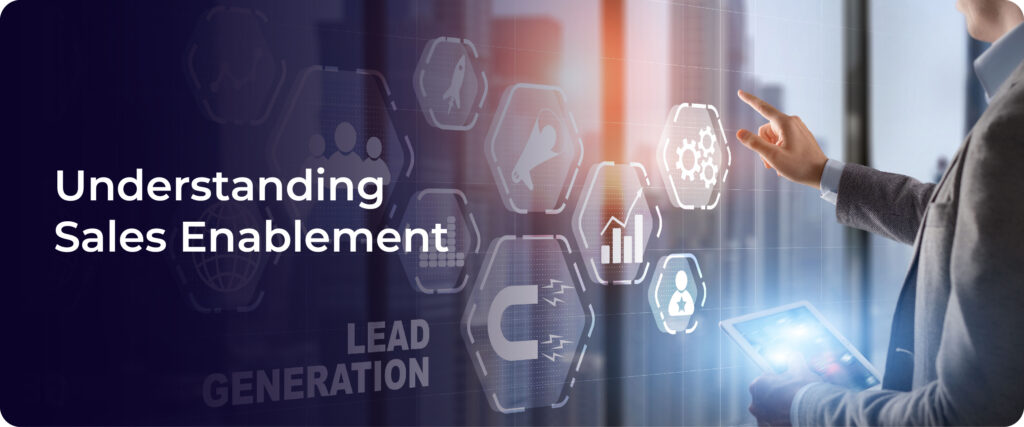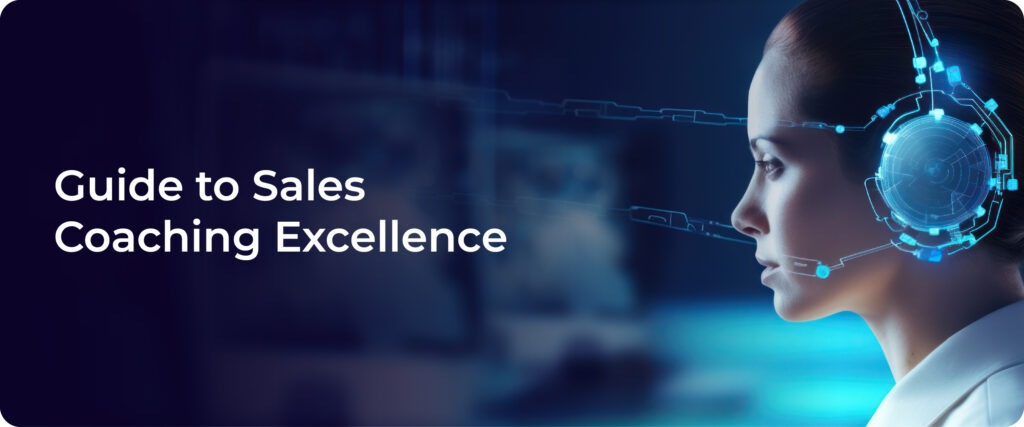A strong sales cycle can be the difference between closing deals and losing them. In fact, the average B2B sales cycle lasts about 84 days, according to SalesLion. That’s almost three months to turn a lead into a customer.
So, what is a sales cycle, and why does it matter? If you’re part of a sales or marketing team, knowing the full process helps you stay organized, sell better, and hit your goals faster.
Let’s break it down step by step in this blog with this outline:
1. What is a Sales Cycle: Explained
2. 7 Important Stages of a Sales Cycle
3. Best Practices with Sales Process
4. Industry-Specific Sales Life Cycles
5. Optimizing Sales Processes with ConvoZen.AI
6. Conclusion
7. Frequently Asked Questions (FAQs)
What is a Sales Cycle: Explained
So, what is a sales cycle? Simply put, it’s the step-by-step process a salesperson follows to turn a lead into a customer. From the first interaction to closing the deal, every stage plays a role in building trust and guiding the buyer through their journey.
Knowing the sales process inside and out isn’t just helpful — it’s necessary. Whether you’re in B2B sales or a smaller startup, understanding the sales life cycle helps you track progress, predict revenue, and improve team performance. It also helps spot where deals get stuck, so you can fix issues fast.
If you don’t know what is a sales cycle process, you’re basically flying blind. With a clear map, your selling process becomes more organized, repeatable, and scalable — all key if you want to grow.
7 Important Stages of a Sales Cycle
Whether you’re new to the sales process or looking to improve your current system, these 7 stages are your foundation.
Stage 1: Prospecting
This is where it all begins. Prospecting is the process of identifying potential customers who might be interested in what you’re offering. This could be through LinkedIn, cold emails, referrals, or industry events.
The goal is to fill your pipeline with qualified leads who fit your ideal customer profile. A strong selling process always starts with smart prospecting — otherwise, you’re just guessing.
Stage 2: Initial Contact
Once you have a lead, it’s time to reach out. The initial contact could be a cold call, email, or a LinkedIn message — whatever fits your audience best.
This step is all about making a strong first impression and introducing your product or service. At this point in the sales process steps, you’re not selling — you’re opening a conversation.
Stage 3: Qualification
Not every lead is worth chasing. That’s why qualification is crucial. During this stage of the sales cycle, you figure out whether the prospect has the budget, authority, need, and timeline (BANT) to buy.
This helps you focus your energy where it actually counts. A well-qualified lead saves time and improves your sales process flowchart.
Stage 4: Needs Assessment
Now that you’ve qualified your lead, it’s time to dig deeper. What do they actually need? What pain points are they trying to solve? Ask questions, listen carefully, and gather as much context as you can.
This step is key in B2B sales, where buyers expect you to understand their business and offer tailored solutions.
Stage 5: Proposal/Presentation
Armed with insights from the needs assessment, you can now deliver a proposal or pitch that speaks directly to the customer’s challenges.
This is where your product’s value comes to life. The more personalized your presentation, the more likely you are to keep the buyer engaged. It’s one of the most strategic parts of the selling cycle.
Stage 6: Handling Objections
Even the best pitches get pushback. Maybe your prospect says the price is too high or they’re not ready to switch vendors.
Handling objections is a normal part of the sales cycle process. Be calm, listen without interrupting, and offer reassurance. Great salespeople don’t avoid objections, they embrace them as opportunities to build trust.
Stage 7: Closing and Follow-up
This is where deals are won or lost. Closing involves asking for the sale and getting a clear “yes.” But it doesn’t end there.
Follow-up is just as important, especially in B2B sales, where relationships matter long-term. A solid follow-up strategy shows that you care beyond the transaction, which can lead to referrals and repeat business.
Best Practices with Sales Process
Once you understand what is a sales cycle, it’s time to fine-tune it. Here are four proven practices to make your sales process smoother and more effective:
1. Document Everything
Create a clear roadmap of your sales process steps so everyone on your team is aligned. A shared structure removes guesswork.
2. Use a CRM System
Tracking leads, interactions, and follow-ups in one place helps visualize the entire selling process and reduces missed opportunities.
3. Always Qualify Leads Early
Don’t waste time chasing unfit prospects. Tighten your qualification process to boost efficiency across your sales life cycle.
4. Review and Refine Regularly
No process is perfect. Analyze what’s working and tweak what’s not. The best teams treat their sales process like a living system.
With these practices, you’ll not only understand what is a sales cycle, but also how to run it like a pro.
Industry-Specific Sales Life Cycles
Understanding what is a sales cycle is important — but knowing how it works in your industry is even better. Each sector has its own sales flow, timelines, and buyer behavior.
1. SaaS
In SaaS, the sales cycle is often short, with free trials, demos, and quick decisions. However, enterprise SaaS deals can take months and involve multiple stakeholders.
2. Banking and Fintech
In banking and fintech, the sales process is longer and more compliance-heavy. You’ll deal with regulations, risk teams, and formal approvals.
3. Insurance
Insurance sales rely heavily on trust, personalized policies, and clear objection handling — especially around pricing.
4. Edtech
For edtech, the sales life cycle may involve schools, parents, or government bodies. It’s a mix of emotional and logical selling.
5. Real Estate
Real estate has a slower, relationship-driven selling process, often involving follow-ups and high-touch communication.
Each field tweaks the basic sales process steps to fit their audience — and that’s what makes strategy matter.
Optimizing Sales Processes with ConvoZen.AI
Understanding what is a sales cycle is only half the battle. The real edge comes from optimizing it, and that’s where ConvoZen.AI helps. Here’s how our platform makes your sales process smoother, smarter, and more scalable:
1. Call Summaries Without the Manual Work
Forget note-taking. ConvoZen.AI instantly generates AI-powered call summaries, helping your team focus more on selling and less on admin. These summaries also help in after sales where previous conversations gist is provided and the agent does not miss out on anything important.
2. Identify Drop-Off Points in the Sales Cycle
Our conversation analytics reveal where prospects lose interest during the sales life cycle — so you can fix it fast. ConvoZen.AI can not only find drop-off moments but any other moment you would want us to find. Our enterprise solutions are customized to your business needs.
3. Score & Prioritize Leads Based on Real Conversations
Using AI, ConvoZen flags hot leads based on voice tone, keywords, and intent — making your selling process more targeted. Lead scoring like high, medium, and low helps you understand whom to target and whom to not.
4. Real-Time Coaching for Sales Reps
Get in-call nudges and post-call feedback to improve pitch, objection handling, and closing skills across all sales process stages. All of this through only ConvoZen.AI Pitch Pop.
5. Custom Dashboards for Better Forecasting
Track the entire sales process flowchart — from prospecting to follow-up — with clean dashboards that make pipeline management easy.
Conclusion
By now, you not only know what is a sales cycle, but also how to optimize each step for better results. From prospecting to closing, every stage matters — and the right tools can make all the difference.
Let ConvoZen.AI help you close more deals, coach smarter, and manage your pipeline effortlessly. Book a free demo today and see how AI can supercharge your sales life cycle — no pressure, just results.
Frequently Asked Questions (FAQs)
1. What is a sales cycle process?
The sales cycle process refers to the complete journey a prospect takes — from the first interaction to closing the deal and follow-up. It includes steps like prospecting, qualifying, pitching, handling objections, and closing.
Understanding what is a sales cycle helps teams build a repeatable and scalable system for winning customers.
2. How long does a typical sales cycle take?
It depends on your industry and product. In B2B sales, the sales life cycle can range from a few weeks to several months. More complex products often involve multiple decision-makers, which extends the selling cycle.
3. Why is it important to follow defined sales process steps?
Following clear sales process stages ensures consistency, better forecasting, and higher conversion rates. It helps sales teams stay organized, spot drop-offs early, and guide prospects more efficiently through the sales process.
Unleash Your Contact Center’s Potential Today! 👉 Get Started with ConvoZen.AI and Elevate Customer Experience.


